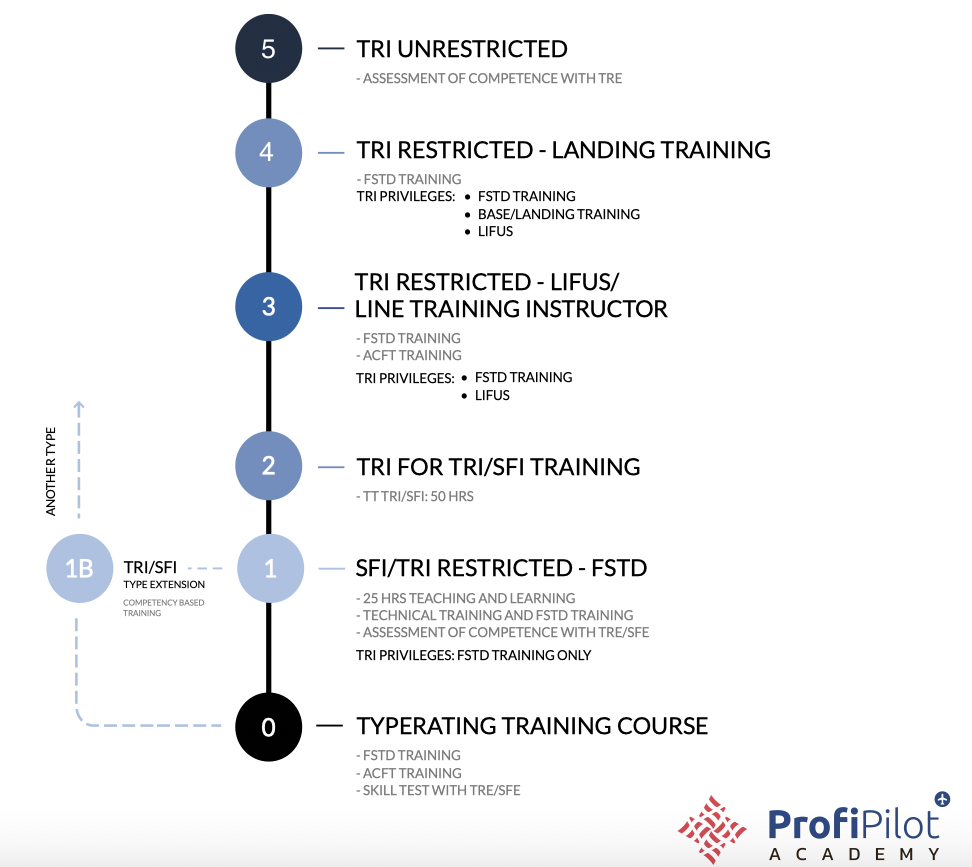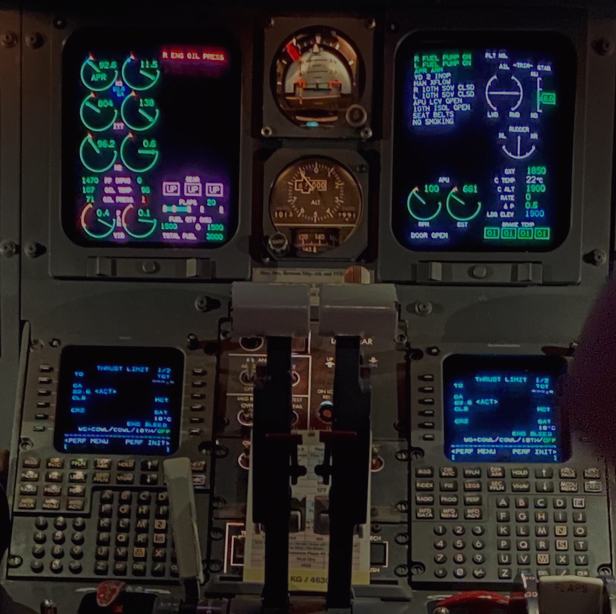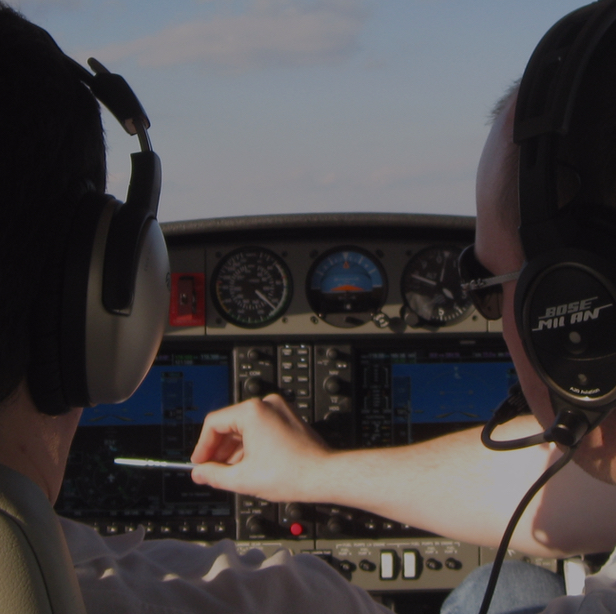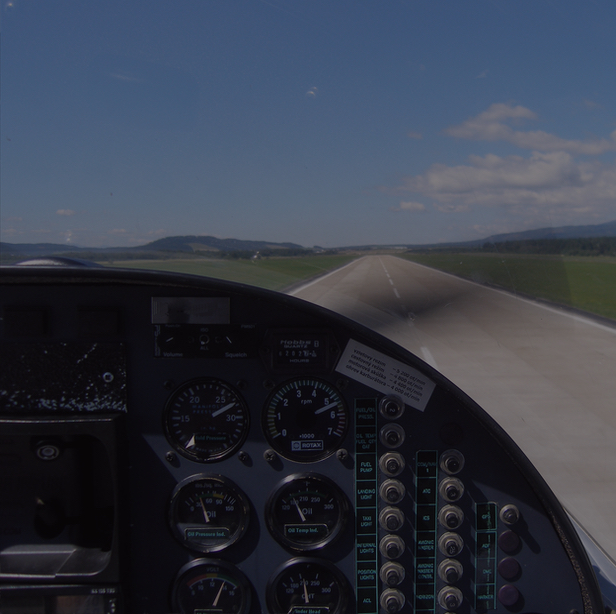4 steps to elevate your Type Rating Instructor privileges
Unless you have done your TRI training in real aircraft (which is applicable for some single-pilot business jets such as Beechcraft 200 or Cessna 525), your TRI for the particular type of an aircraft is restricted to the simulator instruction only. This basically equals to the SFI privileges. Let's have a look into details of TRI privileges.
Scroll down to see the Roadmap
Download TRI and SFI Development Roadmap (PDF)
TRI issues from the past
Back in 2020, the Part FCL and associated acceptable means of compliance were revised. The whole process of TRI training and its endorsements into the flight crew licences was changed. In addition the TRI LIFUS privileges were introduced.
After many complains of the pilots holding the TRI, the whole system of logging and crediting the instructor hours was changed.
Common problem in the past was that any flight time allowed to be recorded as TRI had to be from the flight school. So eventhough one was a Type Rating Instructor certificate holder flying daily line training in the particular type, he was not allowed to record those hours towards the Type Rating Examiner requirements, TRI Instructor requirements. Flight time during the LIFUS was not possible to log even for the revalidation of the TRI Certificate.
So unless the TRI was freelancing for a major training center or the company held the separate ATO certificate, the line trainer was not able to revalidate his TRI Certificate. This and many other complaints were taken into account and whole TRI issue, revalidation and renewal was comprehensively revised and introduced in 2020 as hard and soft law.
1. step - Instructor for TRI and SFI
By doing some training in simulator or flying the line training you will be able to provide the training towards the TRI or SFI for the future itype instructors. As a matter of fact you need to have at least at least 50 hours of instructional experience as a TRI or SFI in accordance with the Regulation (EU) No 1178/2011 or Regulation (EU) No 965/2012.
In other words Part FCL revision from 2020 brought the benefit for line training captains holding the TRI certificate. All the instruction time as TRI during LIFUS could also be credited towards the requirement of 50 hours experience.
Another requirement that needs to be complied with is done in ATO directly. You have to conduct the training of flight instruction syllabus of the relevant part of the TRI training course in accordance with point FCL.930.TRI(a)(3) to the satisfaction of the head of training of an ATO.
Authorities are so far not endorsing the Instructional TRI privileges into the TRI Instructor certificate. The demonstration of the TRI Instructor privileges is usually done by written verification letter from the issuing authotiry.
2. step - Line Training TRI
Major change in Type Rating Instructor privileges was introducing the Line Training or Line Flying Under Supervision privileges back in 2020. In the past the Line Training could be provided by the nominated training captain appointed internally by the airline and trained by the OM-D only. So eventhough a pilot was a holder of TRI certificate he could not provide the line flying under supervision as a part of his TRI privileges. Line training flight time was also not possible to use towards the revalidation or extension requirements of TRI. Line training flight time was also not possible to use towards the issue of Type Rating Examiner certificate.
By introducing the LIFUS privileges of TRI Certificate the flight instruction provided during LIFUS can be credited towards all following:
- revalidation of your TRI privileges
- extension of TRI privileges to TRI/SFI training (50 hours)
- issue of TRE or SFE certificates (50 hours)
If your TRI is unrestricted it contains the TRI LIFUS privileges automatically. If you hold so-called TRI-restricted, you need to attend specific TRI training to obtain the LIFUS privileges.
To obtain the TRI LIFUS privileges holder needs to meet the requirements of FCL.910.TRI(a)(1). It means the applicant for a TRI(A) certificate with LIFUS privileges should receive instruction in an FSTD in accordance with have to attend the training specified in point FCL.930.TRI(a)(4)(i):
- familiarisation as PF on both seats, as applicable, which should include at least the following:
- pre-flight preparation and use of checklists;
- taxiing;
- take-off;
- rejected take-off;
- engine failure during take-off, after take-off decision speed (V1);
- one-engine-inoperative approach and go-around;
- one-engine-inoperative (critical, simulated) landing;
- other emergency and abnormal operating procedures (as necessary);
- emergency evacuations; and
- task sharing and decision-making; and
- aeroplane training techniques:
- methods of providing appropriate commentary; and
- intervention strategies developed from situations that are role-played by a TRI training course instructor, taken from but not limited to:
- take-off:
- tail strike awareness and avoidance,
- rejected take-off,
- actual engine failure,
- take-off configuration warning, and
- overcontrolling; approach
- landing:
- normal approach,
- high flare, long float, no flare,
- immediate go-around after touchdown,
- baulked landing,
- rejected landing,
- crosswind, and
- overcontrolling;
- and flight management:
- task sharing and handover of controls,
- effect of ATC-delaying actions on endurance,
- alternate management and diversion, and
- traffic awareness when flying in pattern
- take-off:
- Training in aeroplane (in flight)
- This training should consist of at least one route sector where the candidate instructor:
- either observes a TRI(A) who conducts line flying under supervision, or
- conducts role play line flying under supervision for a TRI(A) who is qualified for line flying under supervision.
- This training should consist of at least one route sector where the candidate instructor:
Upon completion of the above-mentioned training, the candidate instructor should complete a route sector under the supervision and to the satisfaction of a TRI(A) who is nominated for that purpose by the ATO.
Licence endorsement is established in GM1 FCL.910.TRI(a) and (b).
A TRI restricted with LIFUS and landing training privileges will have on their license the following endorsement: ‘TRI/r LIFUS’.
3. step - TRI for Base Training
Unless an applicant is going for ZFTT training course, the initial type rating must be completed by so-called base training. Base training consists of 4 or 6 traffic patterns including the go-around and full-stop landing. Until the last revision of the Part-FCL only few senior TRI were doing such trainings, however the more accurate requirements for base trainers were quite a grey area.
The revision of Part FCL introduced in 2020 established restricted privileges of TRI for so-called landing training, which in fact is the base training in Part FCL terminology.
To obtain the TRI Landing training privileges holder needs to meet the requirements of FCL.910.TRI(a)(2). It means the applicant for a TRI(A) certificate with Landing training privileges should receive instruction in an FSTD in accordance with have to attend the training specified in point FCL.930.TRI(a)(4)(ii).
The training in an FSTD should be tailored and appropriate to the aeroplane type, and the exercises should be more demanding for each candidate instructor.
- consideration of threats during touch-and-go:
- operating at low altitude;
- General Aviation (GA) traffic;
- increased fuel consumption;
- bird strikes;
- decision to continue touch-and-go or make a full-stop landing;
- aspects of performance and associated risks;
- incorrect rudder inputs;
- failure of a critical engine;
- approach and full-stop landing in simulated engine-out flight;
- go-around in simulated engine-out flight.
- The applicant needs to be additionally trained in other abnormal items during the training course, if required.
Licence endorsement is established in GM1 FCL.910.TRI(a) and (b).
For example a TRI restricted with LIFUS and landing training privileges will have on their license the following endorsement: ‘TRI/r LIFUS LT’.
4. step - Unrestricted TRI
Holding unrestricted TRI Certificate means that Type Rating Instructor is authorized to provide the flight training in the aircraft. This is usually not applicable for majority of the multi-pilot aeroplanes. Reason is that the regulations mandates the training towards multi-pilot aeroplanes to be done in the simulator only. Due to that reason, the flight training in multi-pilot aircraft is not applicable for initial issue of the type rating. That's why it is very rare to see instructors holding unrestricted TRI for multipilot aeroplanes such as Boeing 737 or Airbus 320. If there are some usually they got unrestricted TRI based on the grandfather's rights from the JAR-FCL times or by TRI Alternative means of compliance from the past.
One may say that inflight training is required for the base training. Yes, it is. However it is important to mention, that the privileges to provide the base training are included in the restricted TRI with landing training privileges. Unrestricted TRI means the instructor is capaable to provide all maneouvers and exercises required for the initial typerating.
However unrestricted TRI is important for an instructors and flight schools providing the training towards some specific aeroplanes where the simulator is not available nor accessible. This mainly applies to the high-performance complex aeroplanes such as Cessna 525, Beechcraft RA390 or Beechcraft 200. For those aeroplanes the typeraing is usually done directly in the aircraft and unrestricted TRI is required for the initial training.
To get your TRI unrestricted, you have to comply with last paragraph of FCL.910.TRI(a) "The restriction to FSTD shall be removed if TRIs have completed an assessment of competence in the aircraft."
Download TRI and SFI Development Roadmap (PDF)



